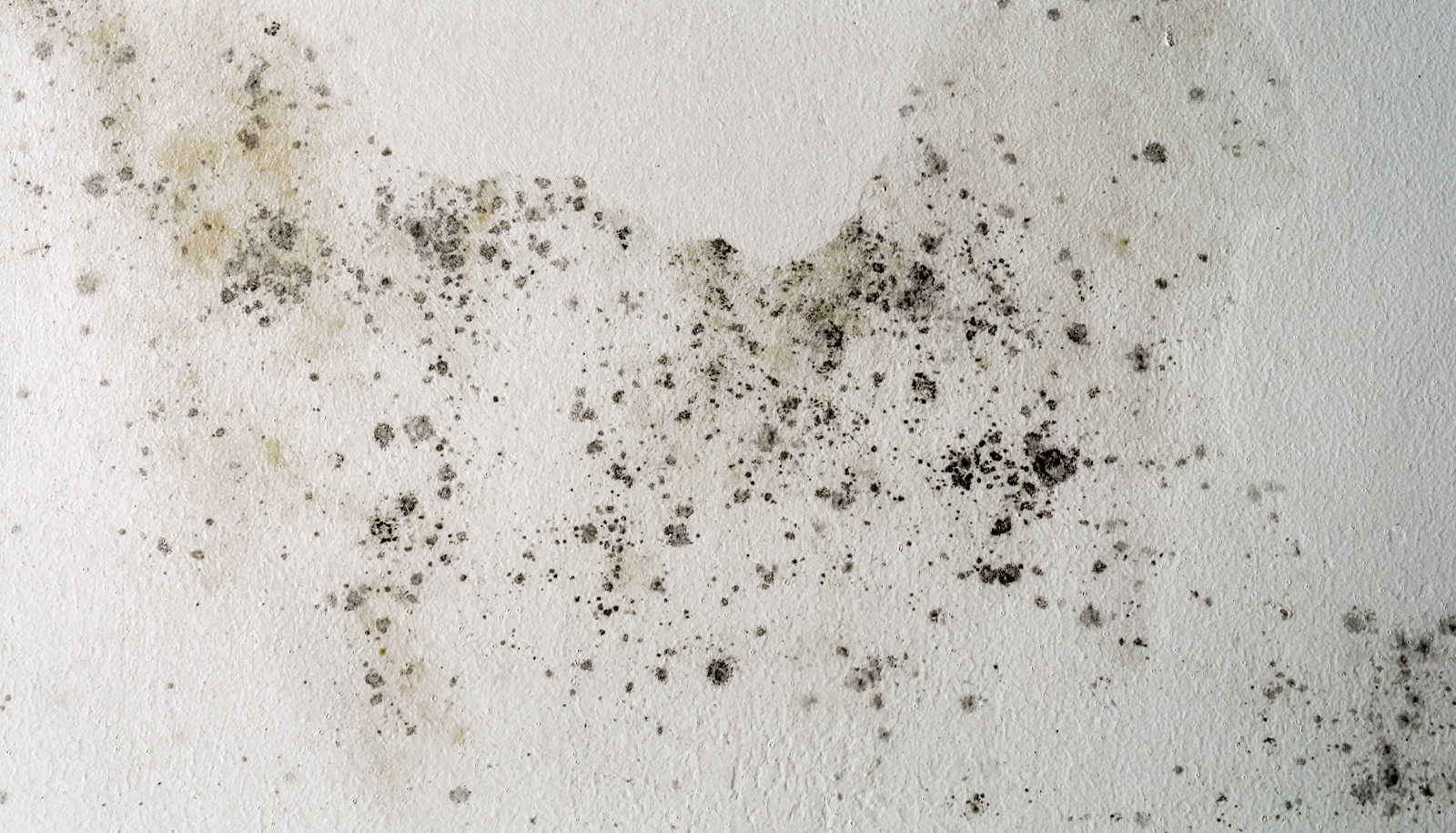Mold is a serious issue that can affect the health of you and your family. It's important to know what mold is, how it affects your home, and what to do if you suspect mold growth in your home.
Homeowners insurance may help cover some mold removal and remediation costs — but not others. Read on for more information about homeowners insurance and mold.
MOLD BASICS
Before we get in too deep into mold coverage, let’s talk about what mold is and why it can be so dangerous — not only for your home, but for your family too.
What is mold and why is it dangerous?
Mold is a form of fungus that uses moisture to grow on any number of household surfaces: drywall, wood, fabric, upholstery, and other materials used in buildings.
Not only can mold cause unbelievable damage to your home’s structure and materials by breaking them down, but it can also be toxic for anyone exposed to it. Mold spores can be released into the air, causing allergy symptoms to asthma to long-term illness.
When does homeowners insurance cover mold?
Like other similar catastrophes, mold damage is covered by your homeowners insurance in certain cases. Ultimately, coverage depends on the answer to one important question: what caused the mold?
3 CAUSES OF MOLD & HOMEOWNERS INSURANCE COVERAGE
As we’ve mentioned, some mold damage is covered by your homeowners insurance policy, while others will not be. Let’s dive into the top 3 reasons why you might have a mold-related home insurance claim.
1. Negligence
Homeowners insurance policyholders should be aware that mold-related damage is typically not covered by the policy if the mold forms due to negligence on the homeowner's part.
In other words, if you could’ve knowingly prevented the mold with regular household maintenance like fixing a roof leak or using a dehumidifier, your insurance company is likely to deny your claim.
As you can see, it's not only essential to prevent mold from forming in your home, as it can cause serious health problems, but also because your insurance policy may or may not cover the damage.
If you do find yourself with a mold problem, be sure to document everything and take photos, so you have evidence to show your insurance company. With proper documentation, you may be able to convince them to cover at least some of the damage.
2. Covered Perils
Most homeowners insurance policies include coverage for water damage caused by what are known as "covered perils." Covered perils might include mold damage due to firefighters spraying water to put out a fire, leaking or busted water pipes, or defective appliances.
However, mold itself is typically not included in covered perils. This is because mold is usually the result of water seeping into the structure of your home and this isn't something that homeowners insurance covers.
If you're concerned about mold damage in your home, you may want to look into getting a separate policy that specifically covers it. Or, you may want to check with your homeowners insurance company to see if they offer any riders or endorsements that cover mold. Either way, it's essential to be aware of what your home insurance does and doesn’t cover to be prepared in the case of an accident.
3. Acts of Nature
If extreme weather causes mold in your home, it’s not always a definite yes or no answer when we ask “is this covered?”
For instance, many homeowners are unaware that their homeowners insurance policy may cover mold damage for certain acts of nature. If mold results after a tree falls on your roof during a storm and water gets inside your home, you might be able to file a claim for the damage, along with any other damage to the house.
Conversely, mold caused by flood damage will only be covered if you have flood insurance. Just as the name suggests, flood insurance can help cover repairing your home and belongings if a flood damages them. It usually costs around $400-$700 per year in addition to your traditional homeowners insurance premium, but this depends on where you live and the risk involved.
If you have a flood insurance policy, your home is flooded due to an act of nature and mold occurs, then your policy may cover mold removal and necessary repairs. Therefore, if you live in an area prone to flooding, it's worth considering flood insurance to help protect your home and belongings.
HOW TO PREVENT MOLD DAMAGE
Like similar forms of damage, the best defense for mold is a good offense. Here are some proactive measures you can take to ensure mold doesn’t destroy your home (and you won’t have to worry about insurance claims for mold).
- Be aware of any leaks, such as pipes, faucets, behind appliances, and any other water sources. Get them fixed immediately so there’s no chance of standing water.
- Ensure proper grading around your home. If you notice standing water around the perimeter of your house, invest the time or money to get it fixed immediately. Standing water around your home’s foundation could spell trouble in the future.
- If you live in a humid area, invest in a humidifier, ensure proper ventilation, remove or dry condensation as you see it, and regularly inspect your property for mold.
- If your home has been flooded or a fire was put out with water, ensure proper mold preventative measures are taken.
- Install exhaust fans in bathrooms to keep the rooms as dry as possible.
- Inspect your roof regularly to ensure there are no potential leaks or damage that will cause future leaking.
- Remove or don’t install carpet in areas prone to high moisture, such as basements or bathrooms.
HOW TO SUBMIT A HOMEOWNERS INSURANCE CLAIM FOR MOLD DAMAGE
Should you need to make a claim for mold damage, there are some important steps to keep in mind.
- Stop the problem immediately; if a leak or flooding is to blame, start by shutting off the water or stopping the leak.
- Document everything in detail, including photos and videos of any damage.
- Include any recent maintenance records — including recent inspections of your property.
- Contact your insurance agency to process your claim and follow their step-by-step process.
- Follow up with an approved mold remediation company to get the damage restored back to normal.
- If your claim is denied for whatever reason, consider getting a contractor to provide a second opinion.
It's essential to check with your insurance company to see what’s covered under your particular policy. Some policies have provisions for mold damage, while others do not. If you're not sure whether or not your policy covers mold damage, it's best to err on the side of caution and assume that it doesn’t.
If you need help finding the best homeowners insurance coverage for the best price, start by speaking to a SimplyIOA agent at 833.872.4467 or get a homeowners insurance quote online now.










